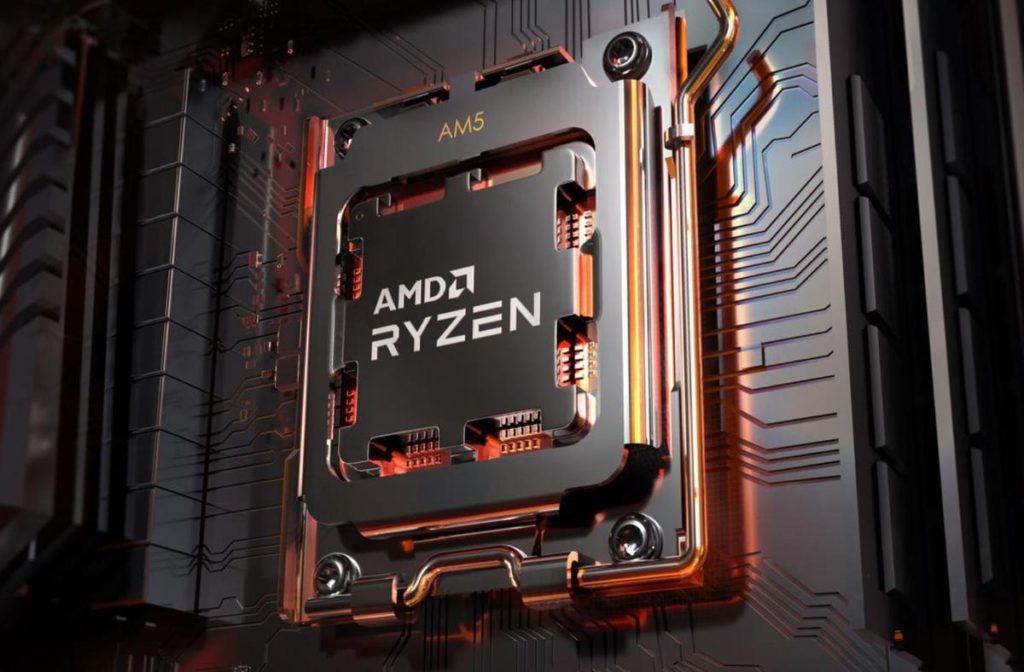Welcome to the CPU Showdown, where we’ll be pitting Intel against AMD in a battle for supremacy! Both companies have a long history in the world of computer processors, and each has a loyal following. But which ones come out on top? Will it be Intel, with its powerful and efficient chips? Or will AMD’s innovative designs and strong value proposition steal the show? We’ll be taking a close look at the pros and cons of both companies to help you make an informed decision when it comes to choosing the best CPU for your needs. So sit back, grab a drink, and get ready to dive into the world of Intel Vs AMD!
Both Intel and AMD are well-known and highly respected companies in the world of computer processors, and they each have their unique strengths and weaknesses. In this comparison, we’ll be taking a look at the various factors that you should consider when choosing between an Intel or AMD CPU, including performance, value, and other features. By the end of this article, you should have a good understanding of the differences between these two brands and be able to make an informed decision about which one is right for you.
When comparing AMD and Intel processors, there are several factors to consider:
Performance:
- Intel CPUs are generally considered to have better single-core performance and are often the choice for gaming and other tasks that benefit from high clock speeds.
- AMD CPUs tend to have stronger multi-core performance and are better suited to tasks that can take advantage of multiple cores and threads, such as video editing and 3D rendering.
Price:
- AMD CPUs are generally more affordable than Intel CPUs, particularly at the high end.
- However, Intel CPUs can be a good value as well, especially when they are on sale or when you consider the overall platform cost (CPU + motherboard + RAM).
Overclocking:
- Both Intel and AMD CPUs can be overclocked, but Intel CPUs generally have more overclocking headroom and are easier to overclock.
- AMD CPUs often require more expensive motherboards with robust power delivery systems to achieve high overclocks.
Other features:
- Intel CPUs tend to have a stronger ecosystem, with a wider range of motherboard options and support from motherboard manufacturers.
- AMD CPUs often have more advanced features, such as integrated graphics and support for PCIe 4.0 on some models.
The Pros and Cons of Intel and AMD:
Pros of Intel CPUs:
- Generally considered to have better overall performance than AMD CPUs.
- Wide range of CPUs available at different price points.
- Strong support from motherboard manufacturers.
- Often used in high-end and gaming laptops.
Cons of Intel CPUs:
- Tend to be more expensive than AMD CPUs.
- Some models have been affected by security vulnerabilities.
Pros of AMD CPUs:
- Generally, offer good value for money.
- Many models offer high [performance at lower price points.
- Strong support for multi-threaded applications.
- Often used in budget and mid-range laptops.
Cons of AMD CPUs:
- May not offer the same level of single-core performance as Intel CPUs.
- Some models have limited overclocking potential.
- Not as widespread as Intel CPUs, so may have less support from motherboard manufacturers and fewer available motherboard options.
It’s the ultimate showdown – Intel vs AMD. Both companies have a loyal following and offer a range of CPUs to choose from. In the end, the decision comes down to what you need from your processor. Whether it’s raw power or value for money, the choice is yours. So, which side will you choose? Intel’s unrelenting force or AMD’s unstoppable momentum?
The battle between Intel and AMD rages on, with both companies bringing their best to the table. The question is, which one will come out on top in your setup?


